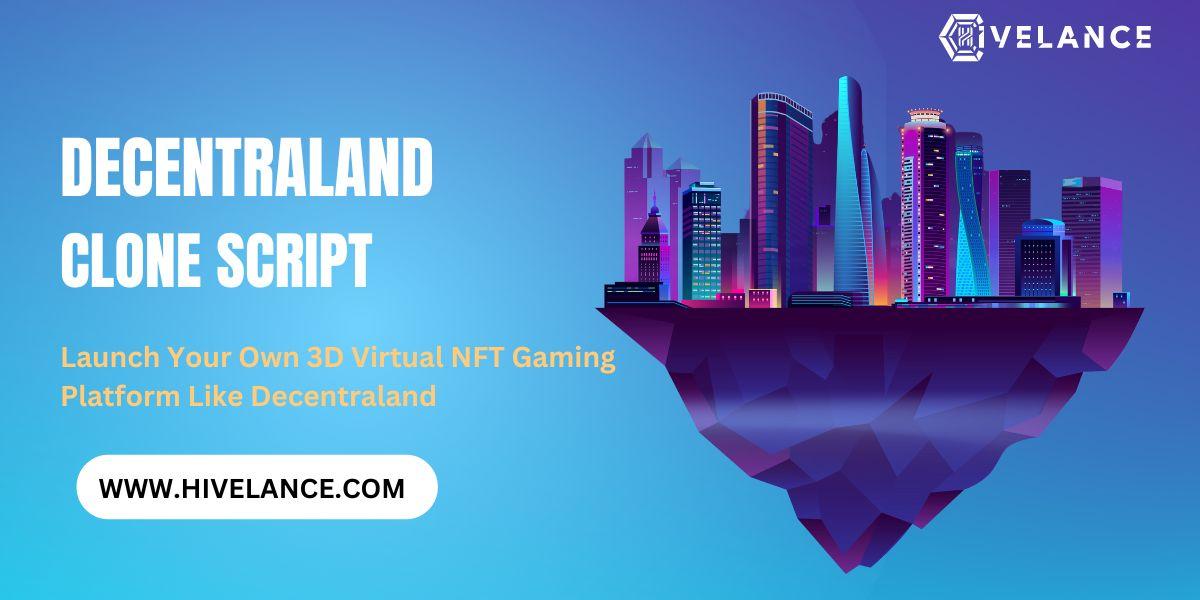This week we take a look at the difference between Proof of Work that is used on blockchains such as Bitcoin and Ethereum and compares that to Proof of Stake which Cardano uses. We also have an interview with an eco-minded stake pool operator from New Zealand name Mat talking about his stake pool, EcoPool.io.
News Updates
Cardano Network Become Fully Decentralised
On Wednesday, March 31st, 2021 we saw the full decentralisation of the Cardano network. No more blocks are being produced by the federation nodes of IOHK and are instead of all controlled by the 2457+ community and third-party stake pools.
There are still issues with a portion of the big stake pools controlling a large portion of the circulating ADA and the smaller pools missing out. With so much ADA being controlled by operators that run multiple pools, it is hard to see how the system really is decentralised. As a delegator to a stake pool, it is really important to look for those smaller pools that help balance and decentralise the network.
Take some time and look deeper into what each stake pool is about and find one that resonates the most with you. Some pools help Cardano not only by providing a stake pool with low fees but one that may donate ADA to charities or use the funds to develop resources or contribute to the Cardano community. This is what is needed to help grow Cardano and increase adoption.
SpaceBudz NFT Go Up for Auction on Discord
In March we saw the successful launch of the SpaceBudz collectable NFTs. An exciting step forward on the Cardano ecosystem with these being the first to be distributed in such a way without smart contracts. The trading website isn't available just yet but auctions and trades are happening live on their Discord.
Check out our video to see how the auctions are working and how you could bid on a SpaceBudz yourself.
CardanoBits NFT Sell Out in 50 Minutes
CardanoBits is another creative project built similarly to SpaceBudz with 10000 CardanoBits characters minted and all sold out in 50 minutes. There were a few hiccups along with server issues and even Yoroi timeout issues. Definitely not the smoothest experiences as described by a few users but never the less another exciting release on Cardano.
- Technical breakdown of how the SpaceBudz NFT sale was executed.
Proof of Work vs Proof of Stake
Popular blockchains such as Bitcoin and Ethereum use a process called Proof of Work to validate the transactions on their blockchains. The work done by the miners helps maintain the integrity of the network and introduce new coins into the ecosystems.
These mining operations use specially made devices called application-specific integrated circuit (ASIC) Miners or Graphic Processing Units (GPUs) to provide the computation. Over time, these blockchains require more and more resources and power to validate the blockchain. This is programmed into the blockchains systems to help grow the value of the cryptocurrency.
The amount of electricity that is used to mine Bitcoin at the moment is approximately 135 Terra Watt-hours per year. That number would mean nothing to a lot of people without something to compare to.
The entire country of Ukraine uses 128 TWh, Sweden uses 131.9 TWh, Malaysia uses 147.21 TWh and Egypt uses 150.58 TWh. To power Bitcoin, we need the equivalent power usage as these countries. This is extremely unsustainable and costly to the environment. Countries like China have started to ban the mining of cryptocurrencies in certain regions because of this high energy usage.
Comparing this to Proof of Stake and what Cardano provides is completely different.
Instead of providing computational power to validate the blockchain, Proof of Stake requires users on the network to 'stake' or delegate their cryptocurrency to a server which is called a stake pool. These stake pools then in turn validate the blockchain for the users that have staked their coins and in return are provided a reward. The more that is staked the more secure the network is. This is how Proof of Stake blockchains such as Cardano, validate their blockchains and introduce now tokens into the ecosystem.
In comparison, the Cardano network can run off low power computers such as Raspberry Pis and consume as little as 30 watts of power for a complete stake pool set up. Charles Hoskinson has been quoted stating that the entire Cardano Proof of Stake network consumes as little as 6 GWh or 56.56 TWh per year. This is still a large amount of power but a fraction of what is required compared to Bitcoin and due to the non-specialised hardware, operators of these stake pools can easily run it at home on solar power or other renewable sources.
The scalability of Bitcoin over the next year let alone a decade is troublesome compared to that of Cardano and other Proof of Stake blockchains.
Interview with Mat from EcoPool.io
Since we were talking about the excessive power usage of Proof of Work blockchains I thought it was perfect to get Mat on to talk about his pool, mission and his story of how he got into the crypto space and Cardano in general.
Mat talks about his discovery of crypto back in 2017 and the creation of his stake pool in late 2020.
He has successfully produced blocks and has donated to environment charities for 3 months straight with March being his biggest month yet.
He shares some tips in regards to starting your own stake pool.
You can find out more about Mat and his pool at EcoPool.io or you can follow him on Twitter @EcoPool_io. If you wish to delegate to Mat's pool, ensure you're using the correct pool ID as there is a second pool with the same name, ticker [ECO].





